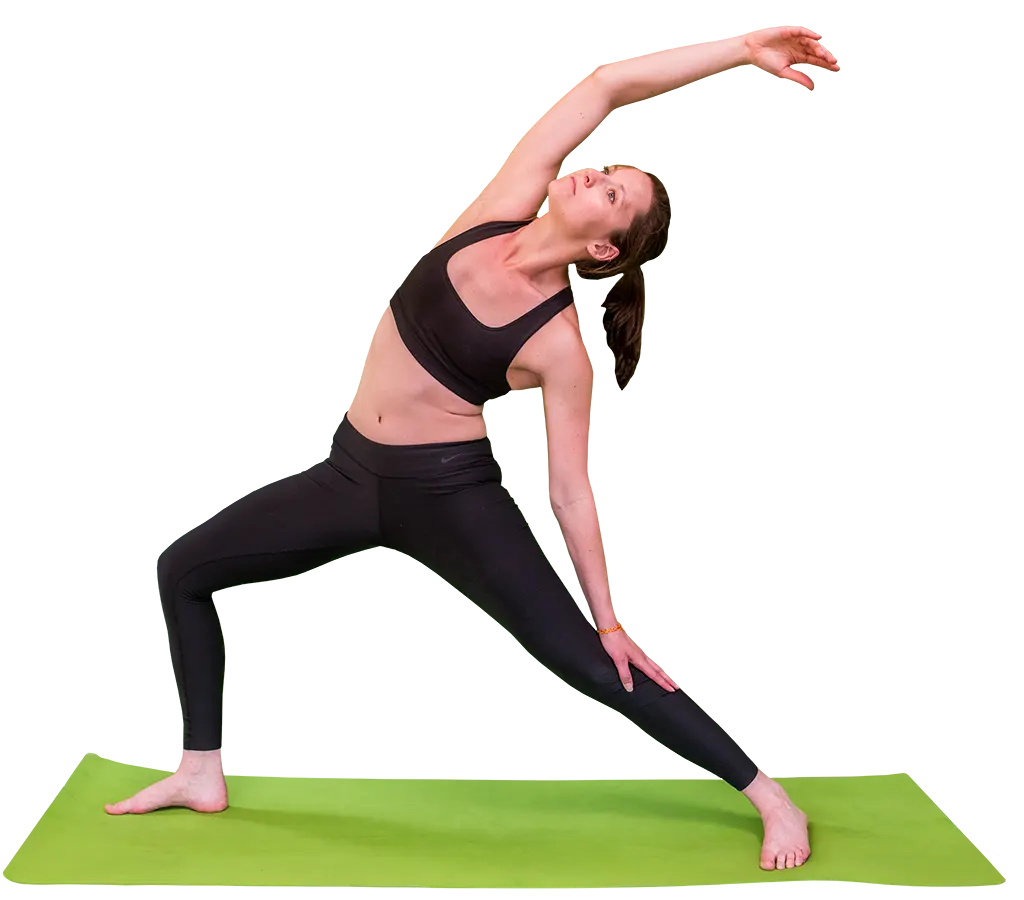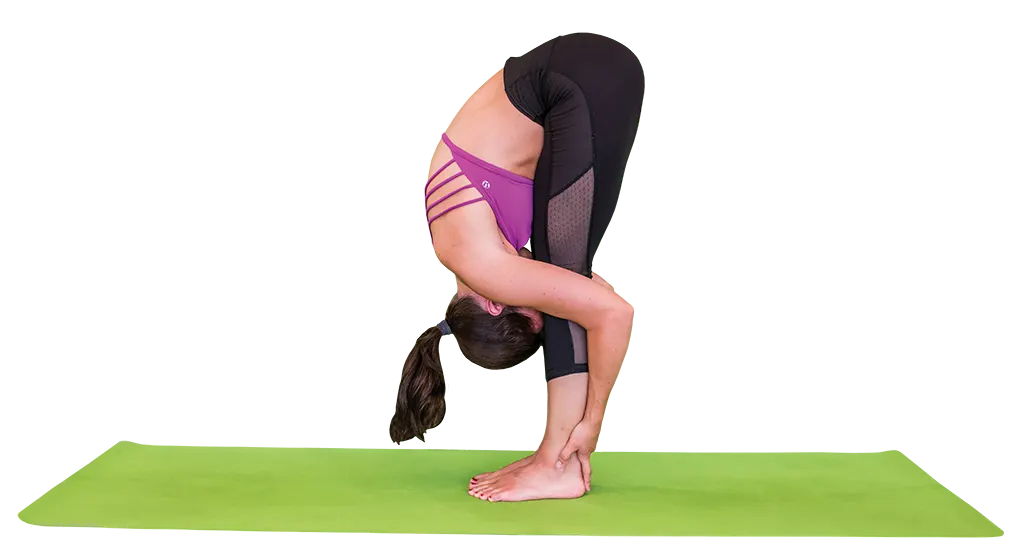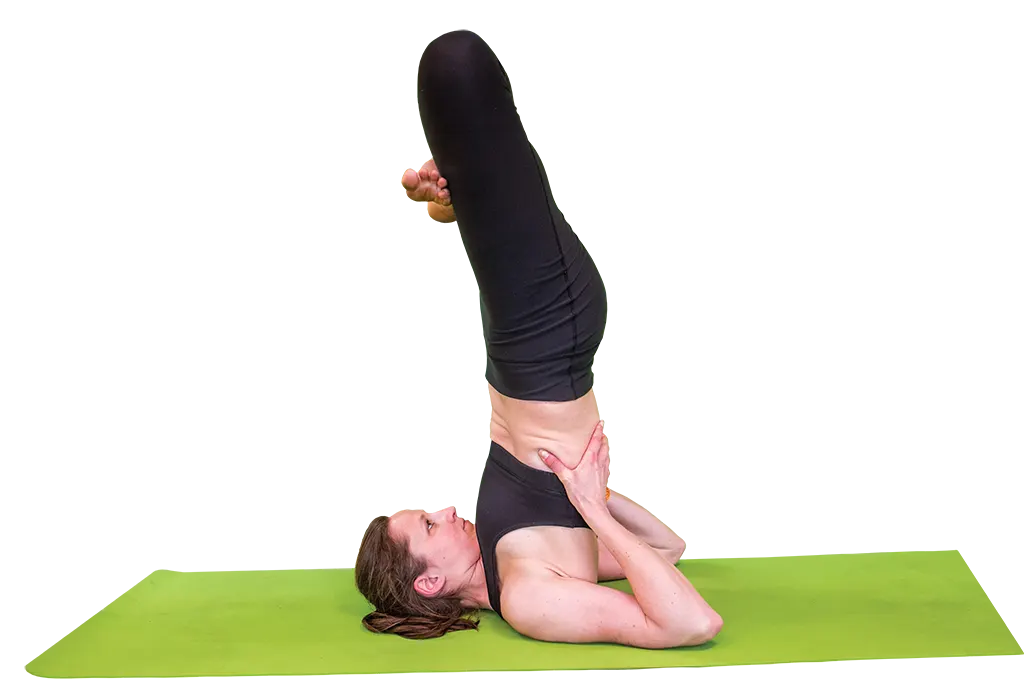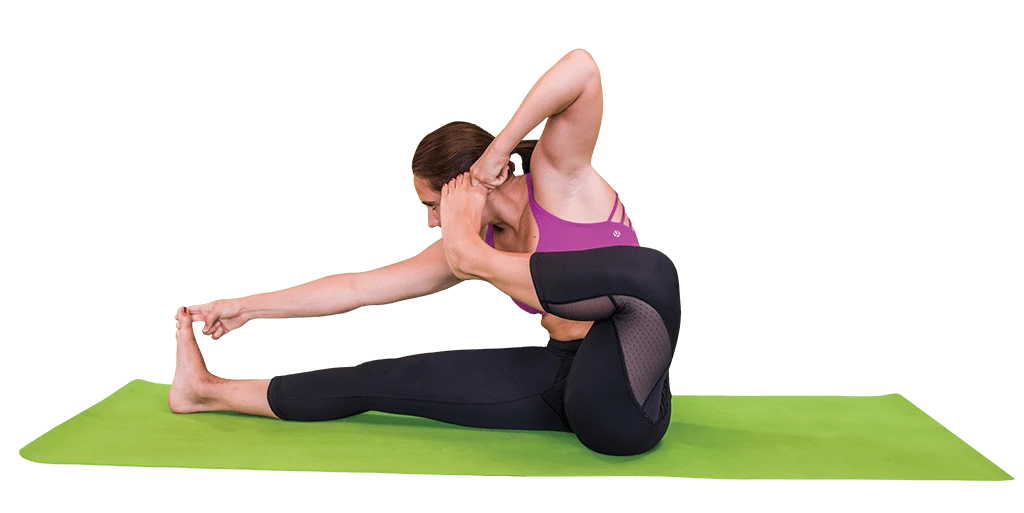Table of content
Preparation
Stand upright with a straight spine, relaxed shoulders, arms at your sides, feet together. Inhale, exhale, and relax.
Getting into position
Come into Virabhadrasana -II (Warrior- II pose)(right foot forward). Rest your left hand on your left thigh. Exhale. Inhaling, raise the right arm up towards the sky, palm facing backward. Exhaling, bend your torso and head toward your left leg and turn your head slightly upward and look up at the right palm. Do not twist the spine. Stay in the position for a few moments to allow your body to adjust. Keep the right knee bent, pressing into both feet with strong legs. Inhale. Exhaling, lower the hips down toward the floor (opening the pelvis), and relax the shoulders. Keep the shoulders and hips in-line with your feet. Hold for a few moments to allow the body to adjust. Inhale. Exhaling, bend farther. Hold with normal breathing for around 30 seconds.
Coming out of position
Slightly relax the body. Exhale. Inhaling, bring your torso and head back up to an upright position. Exhaling, straighten your right leg and lower the right arm down. Inhale, exhale, and relax. Repeat on the other side.



